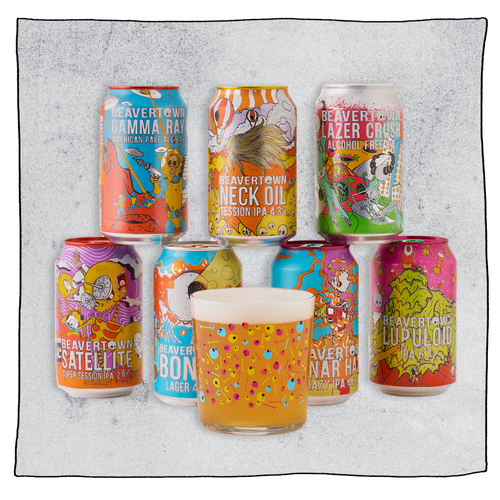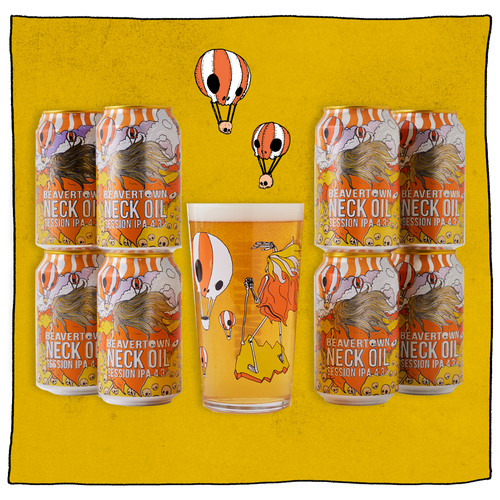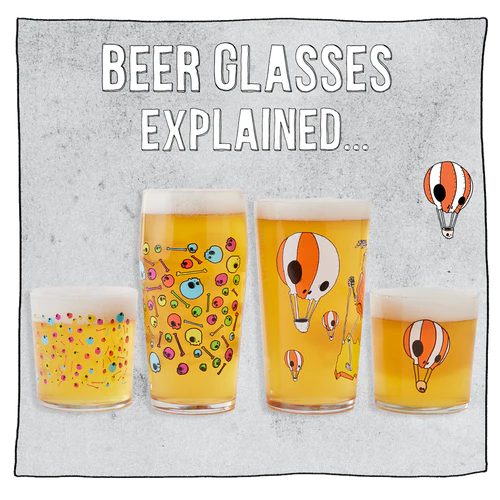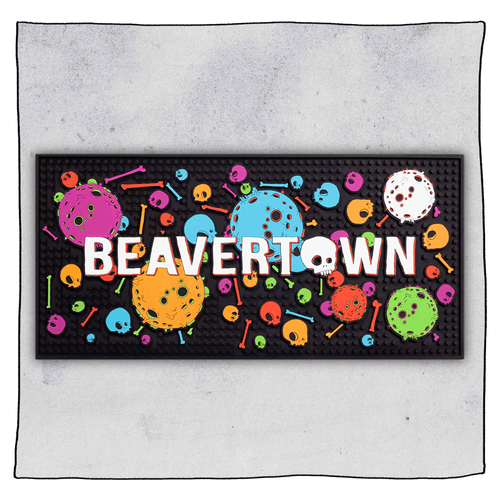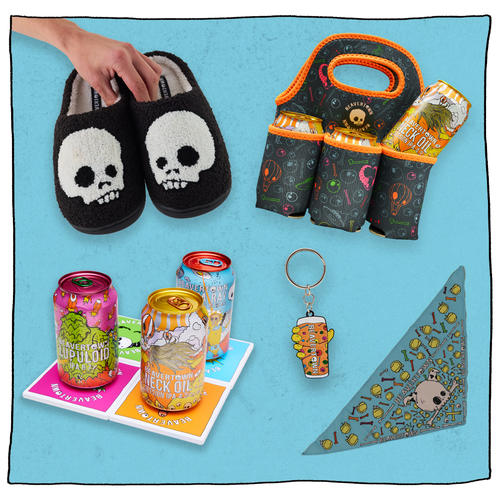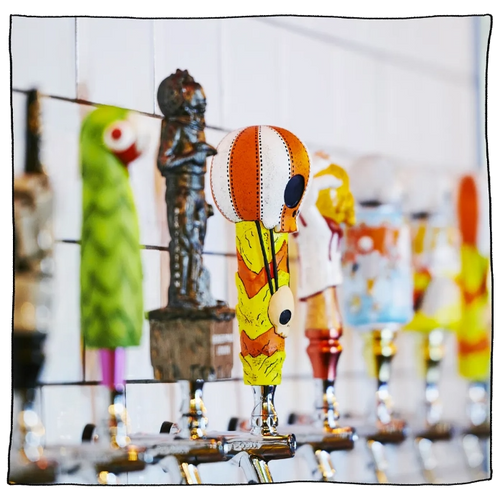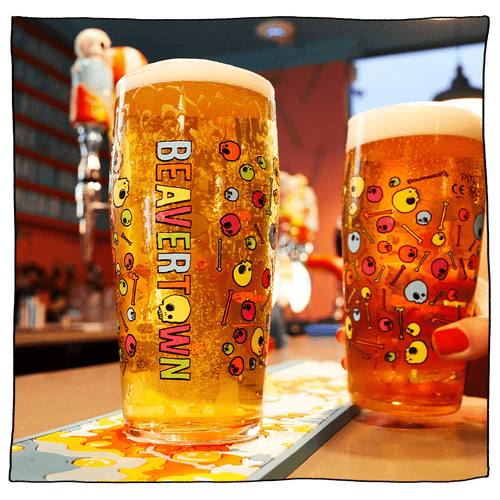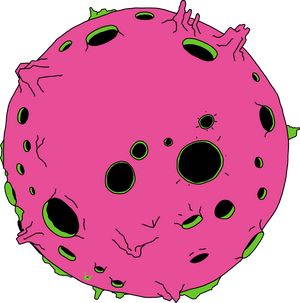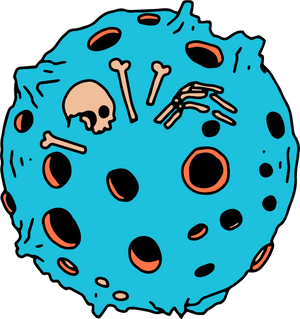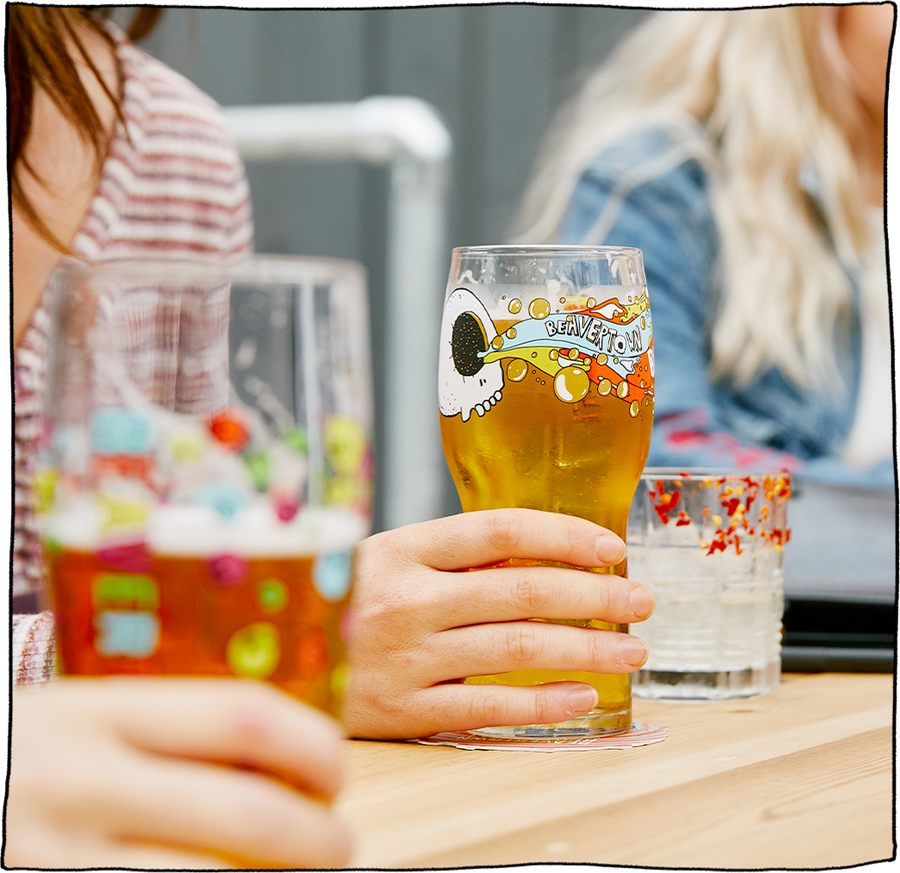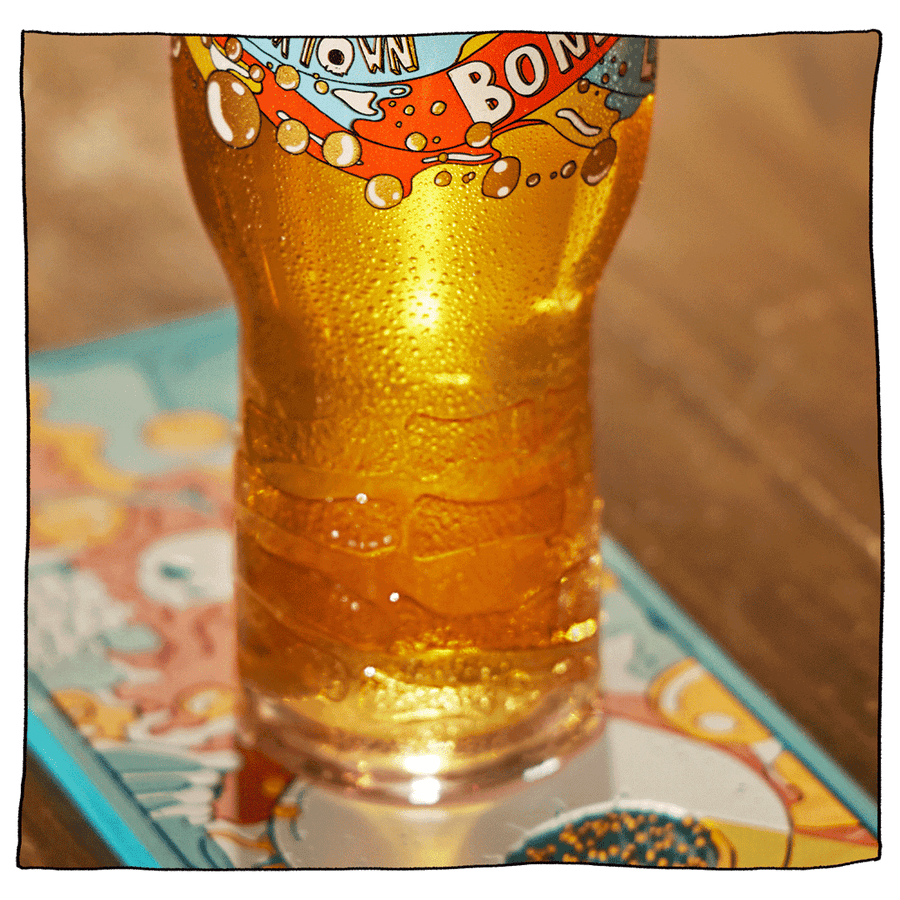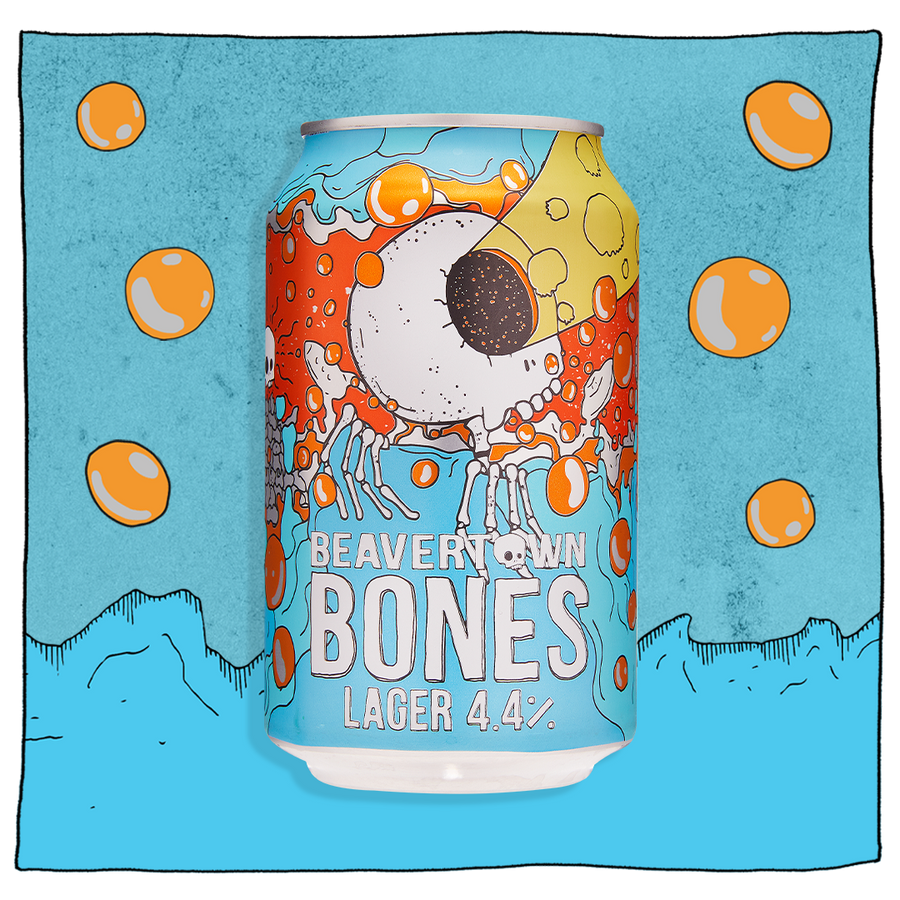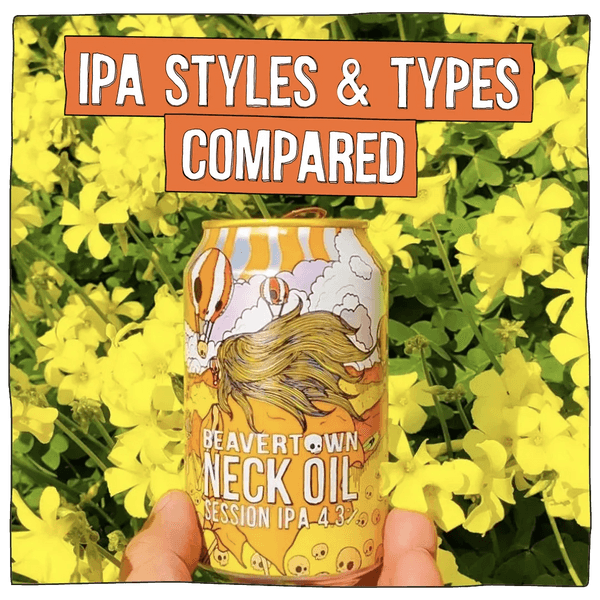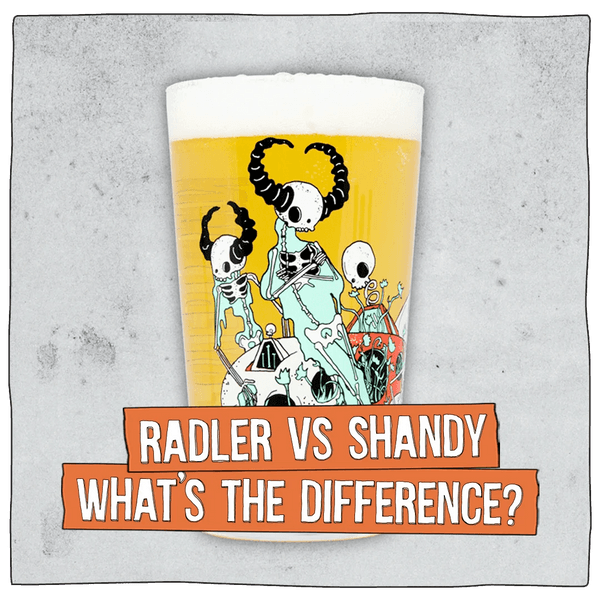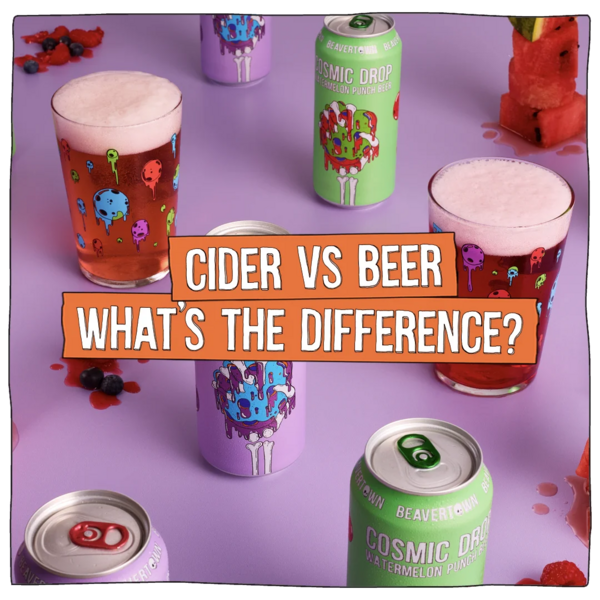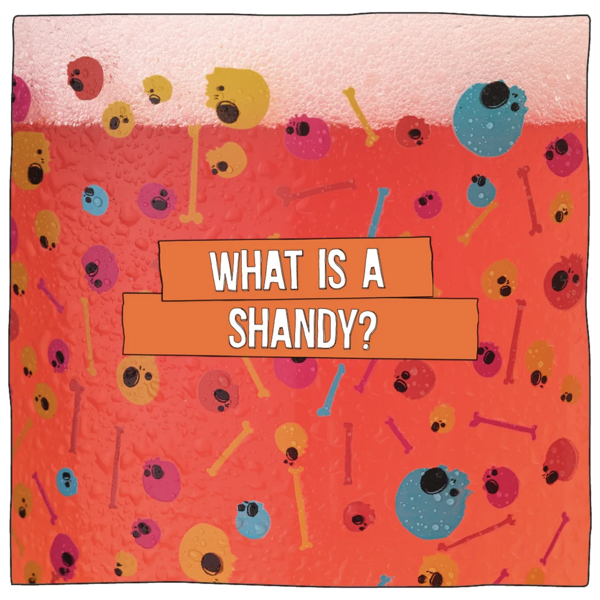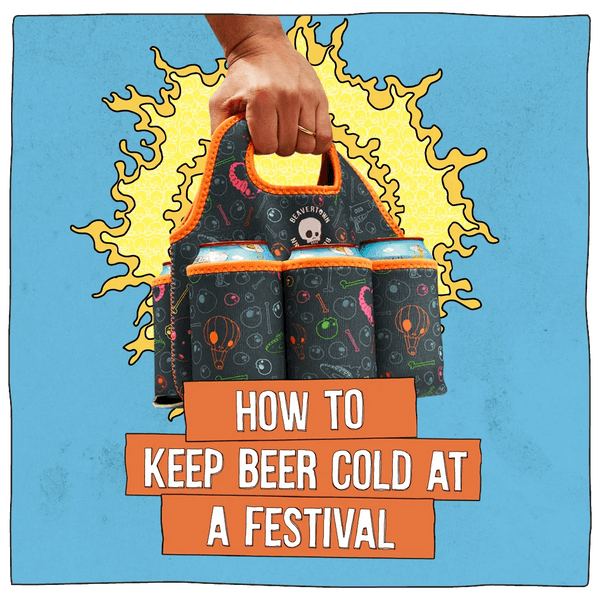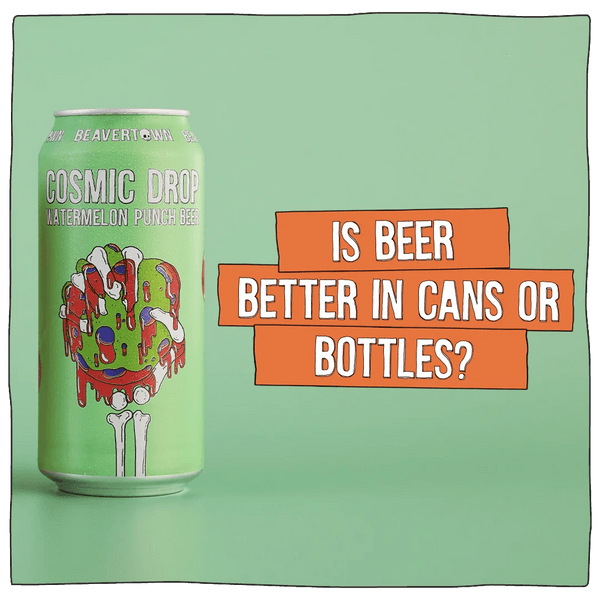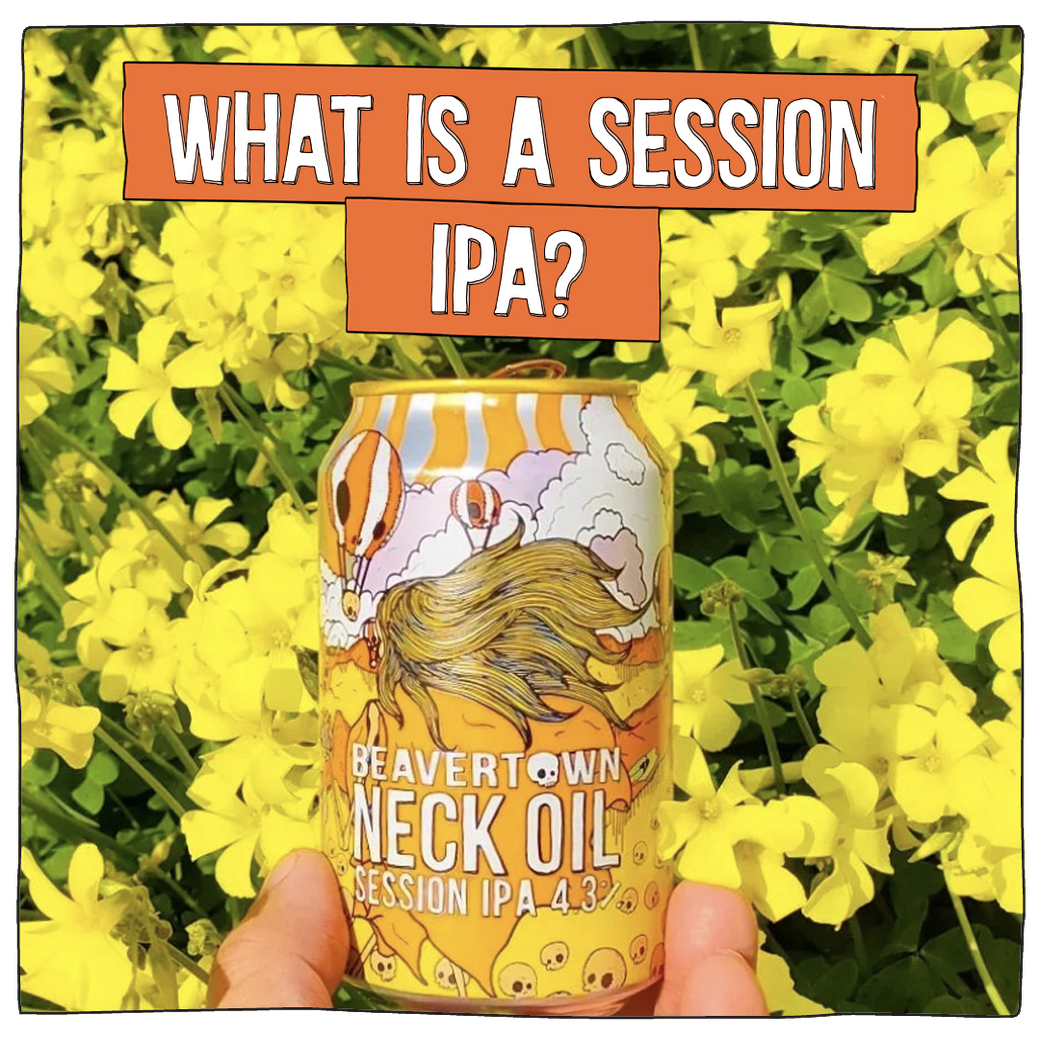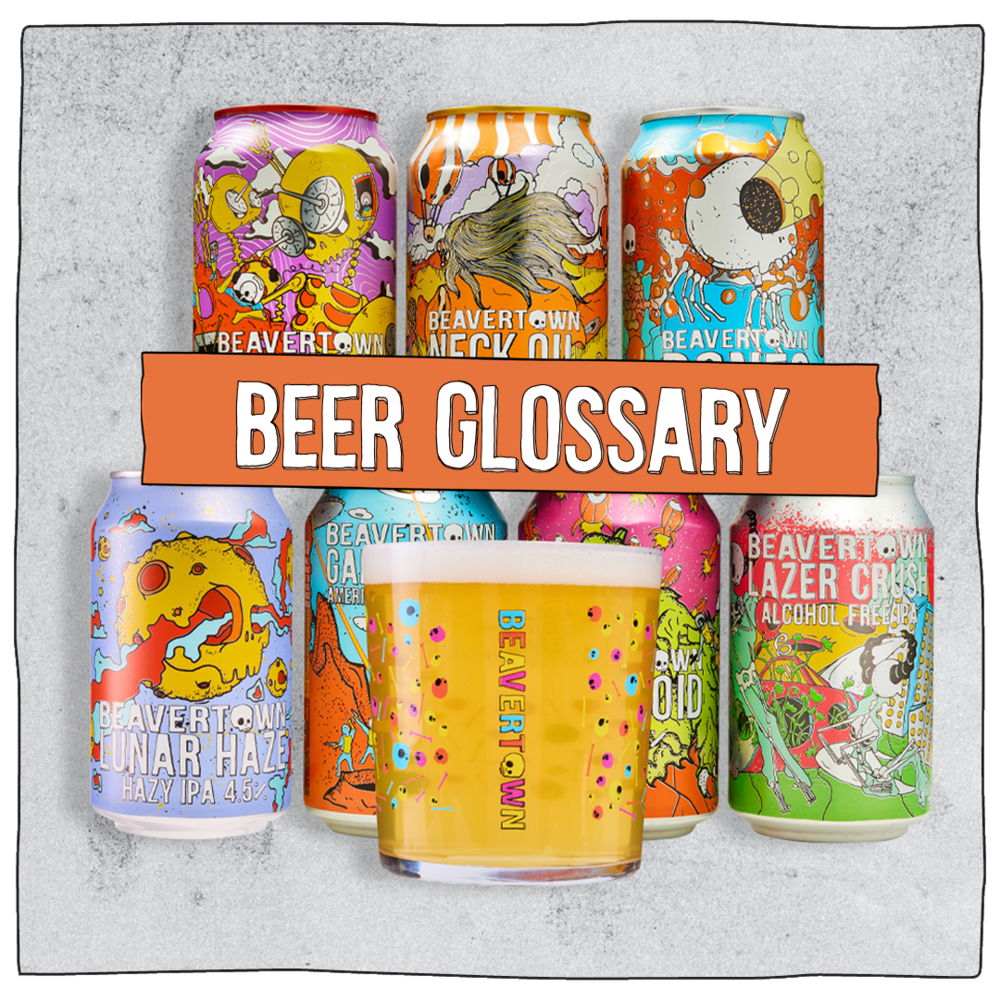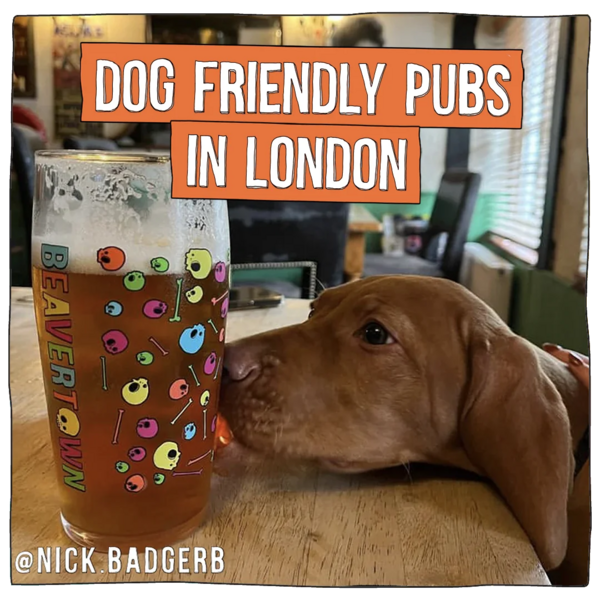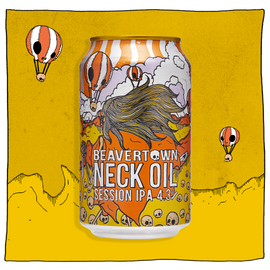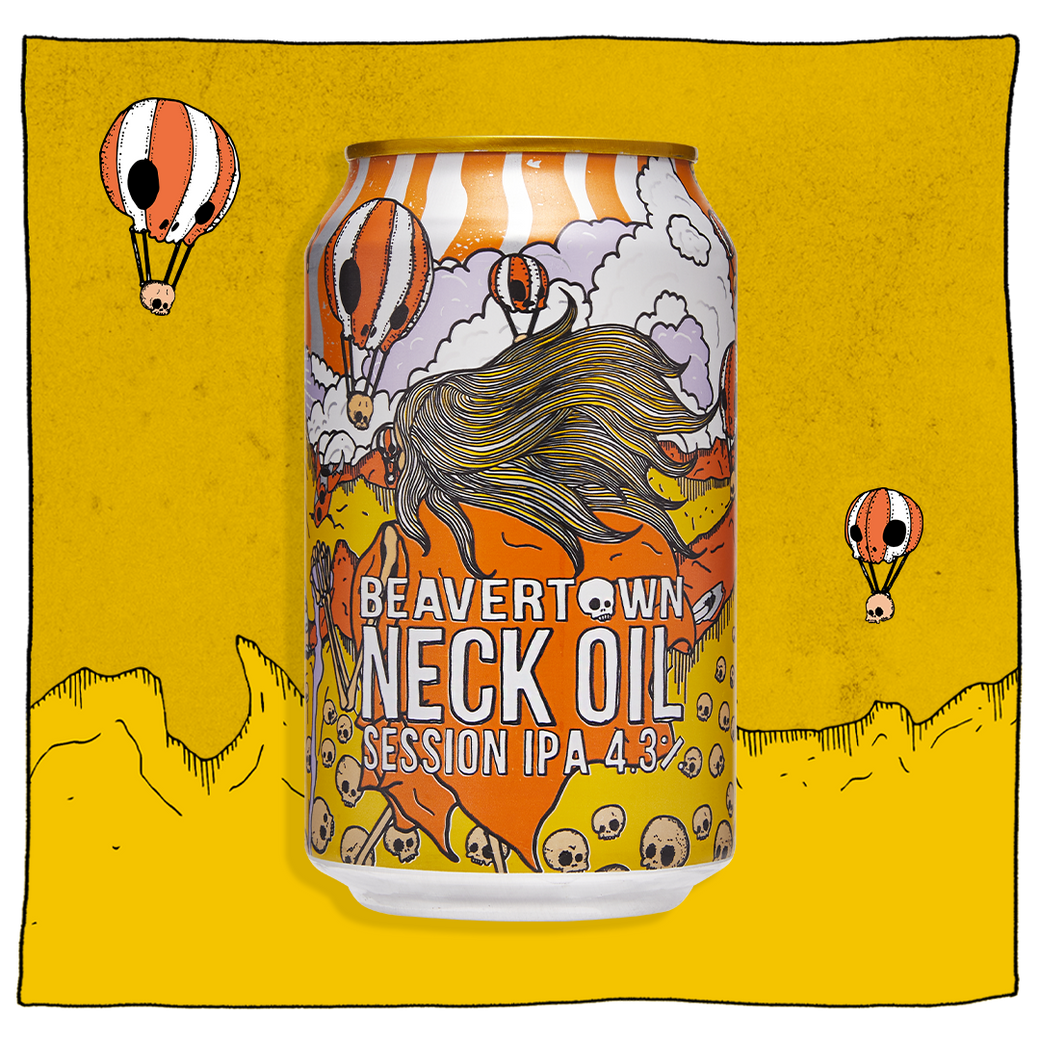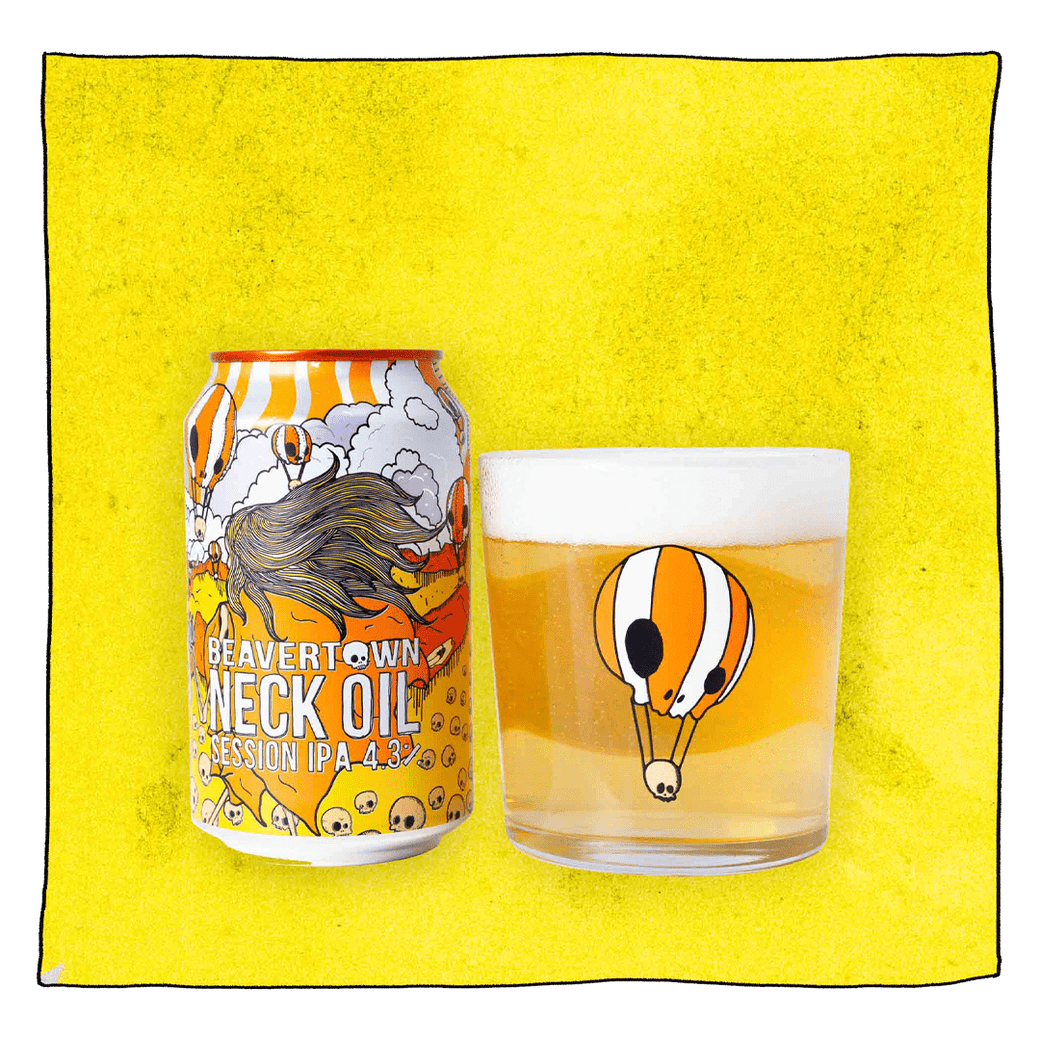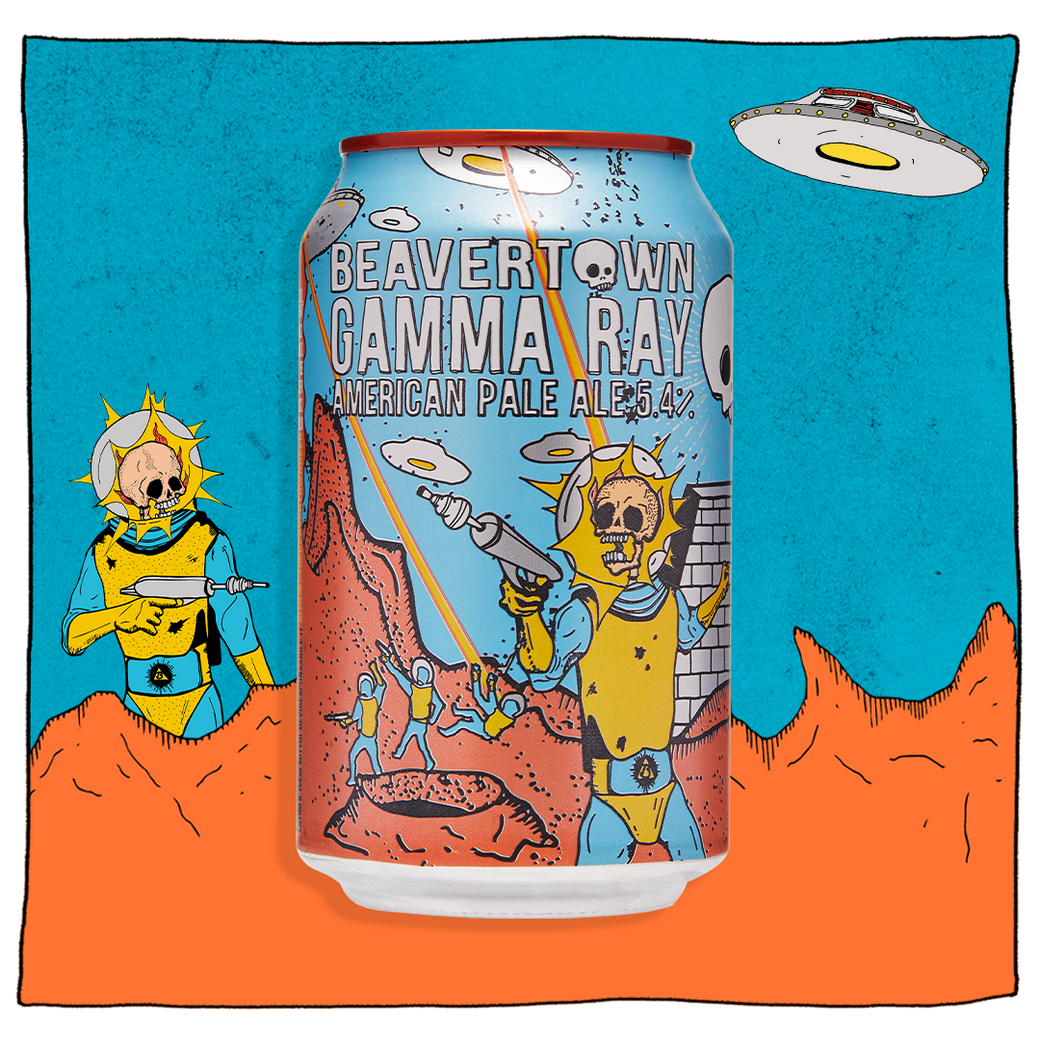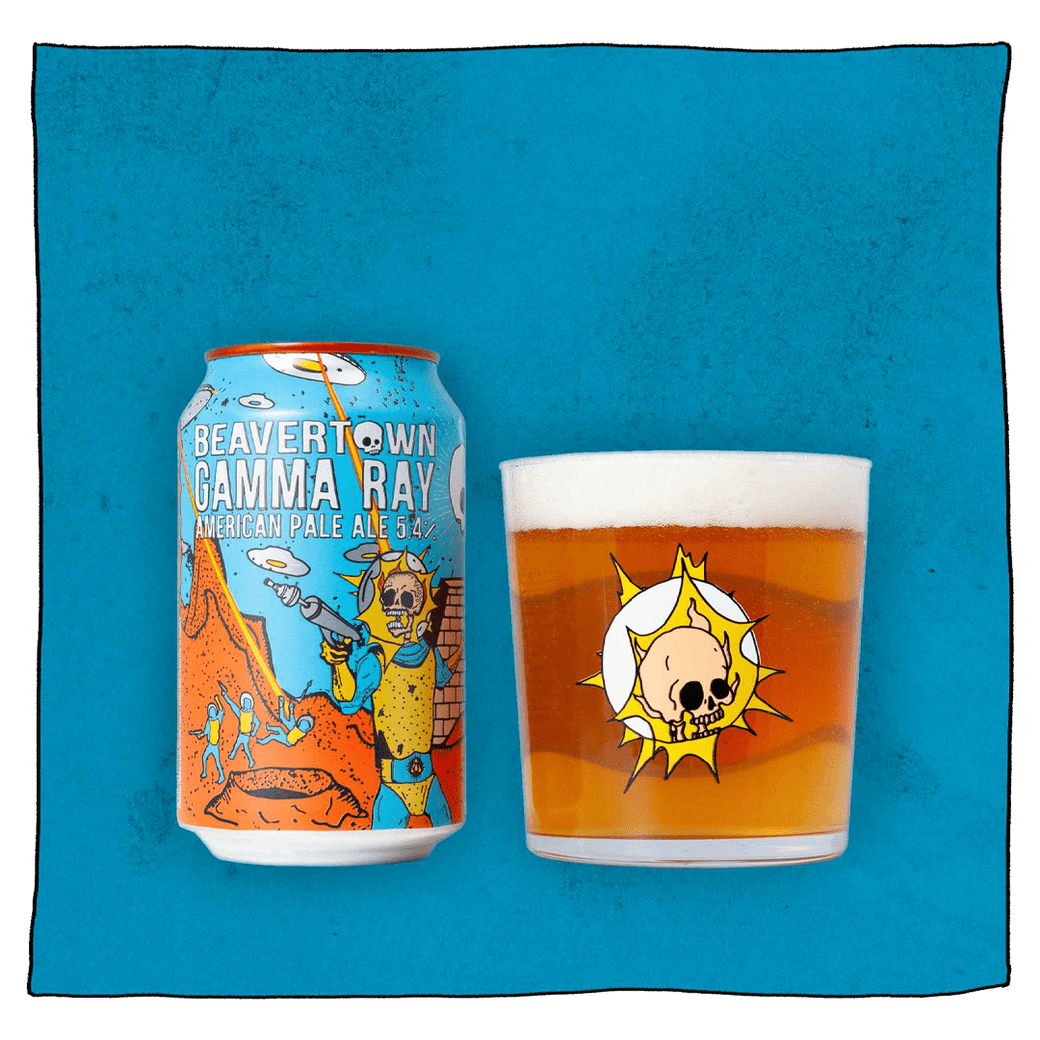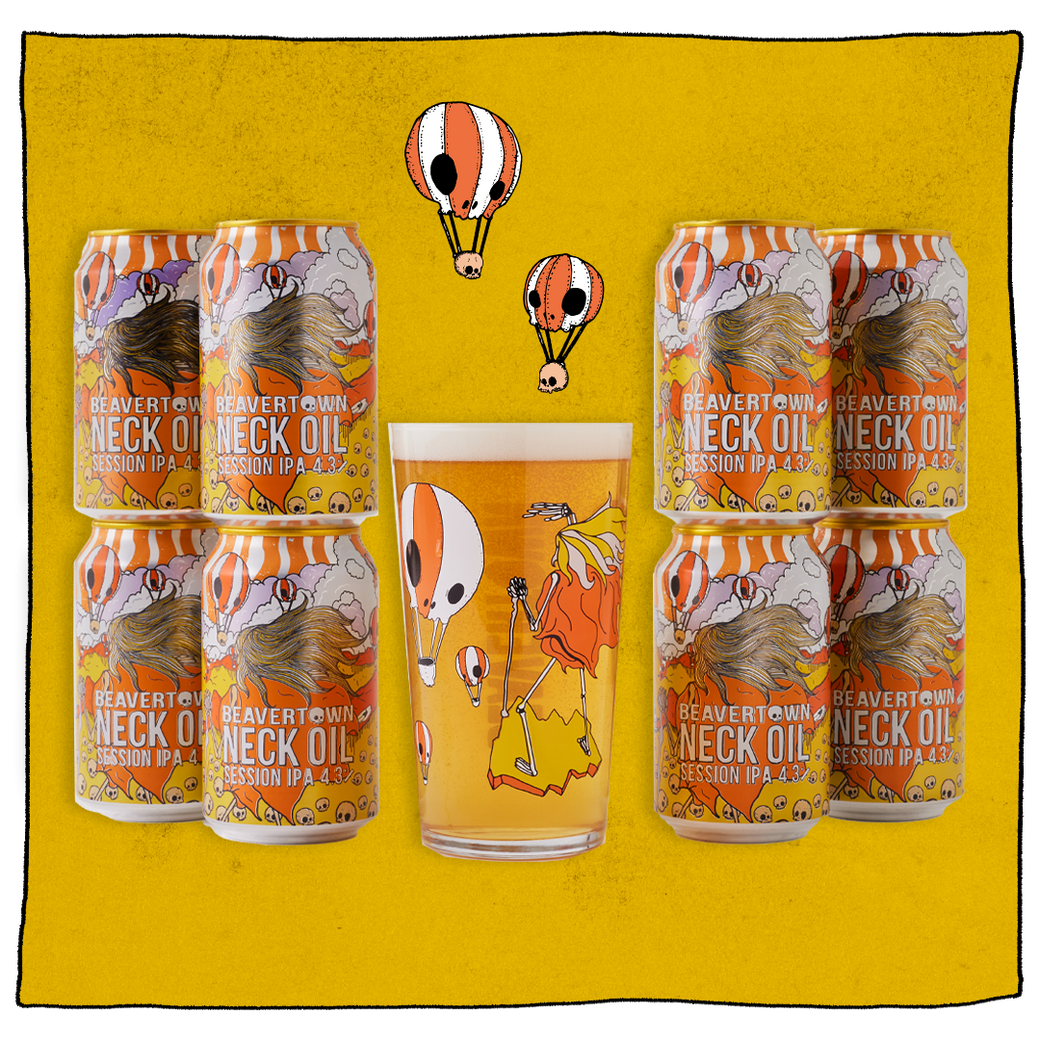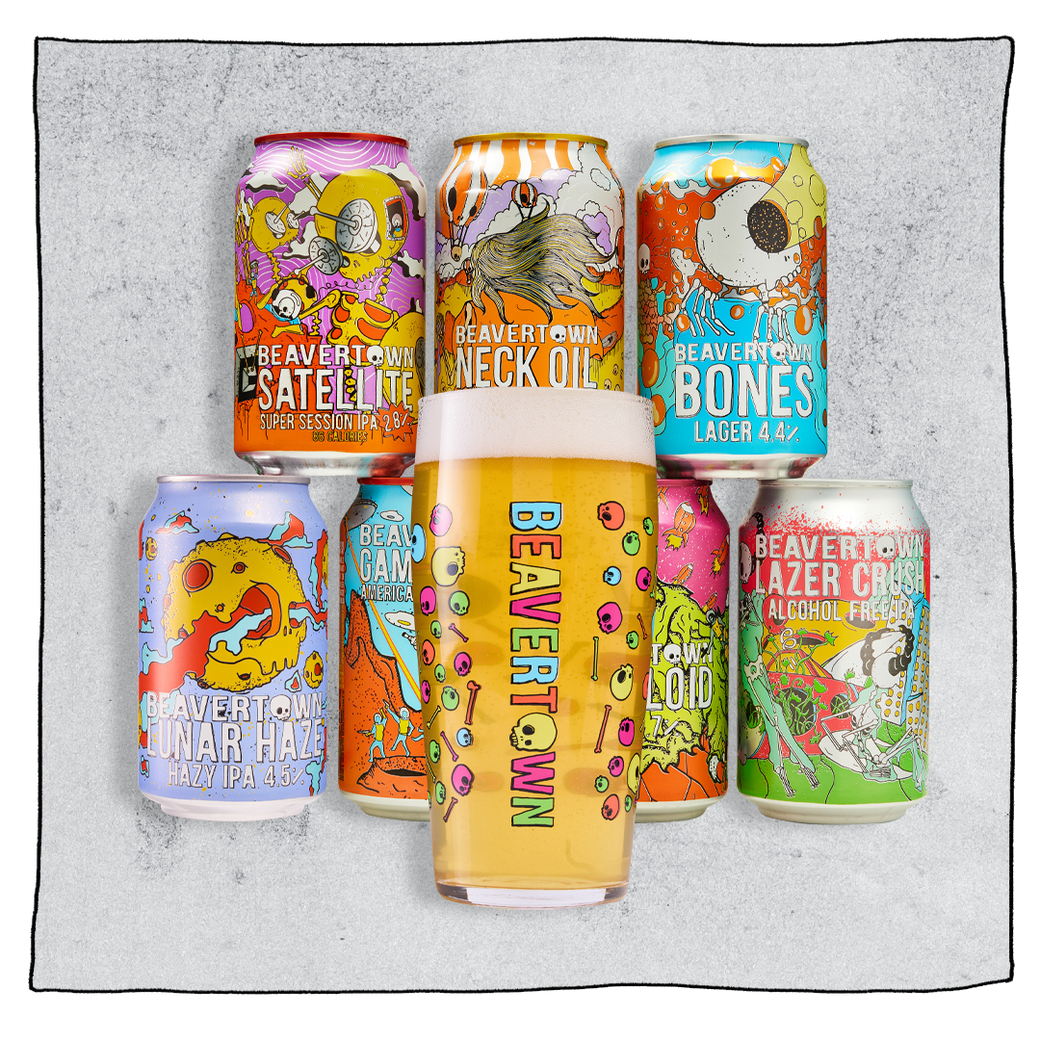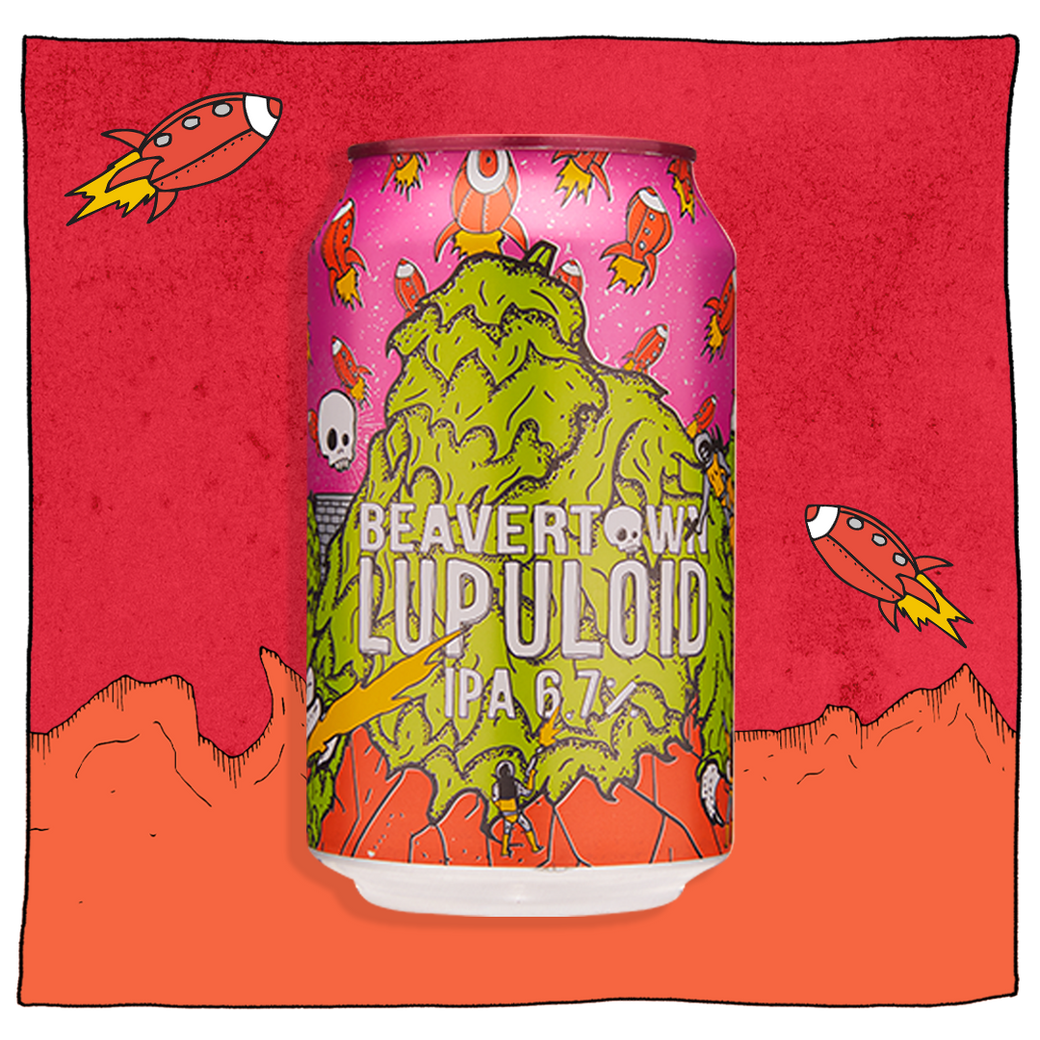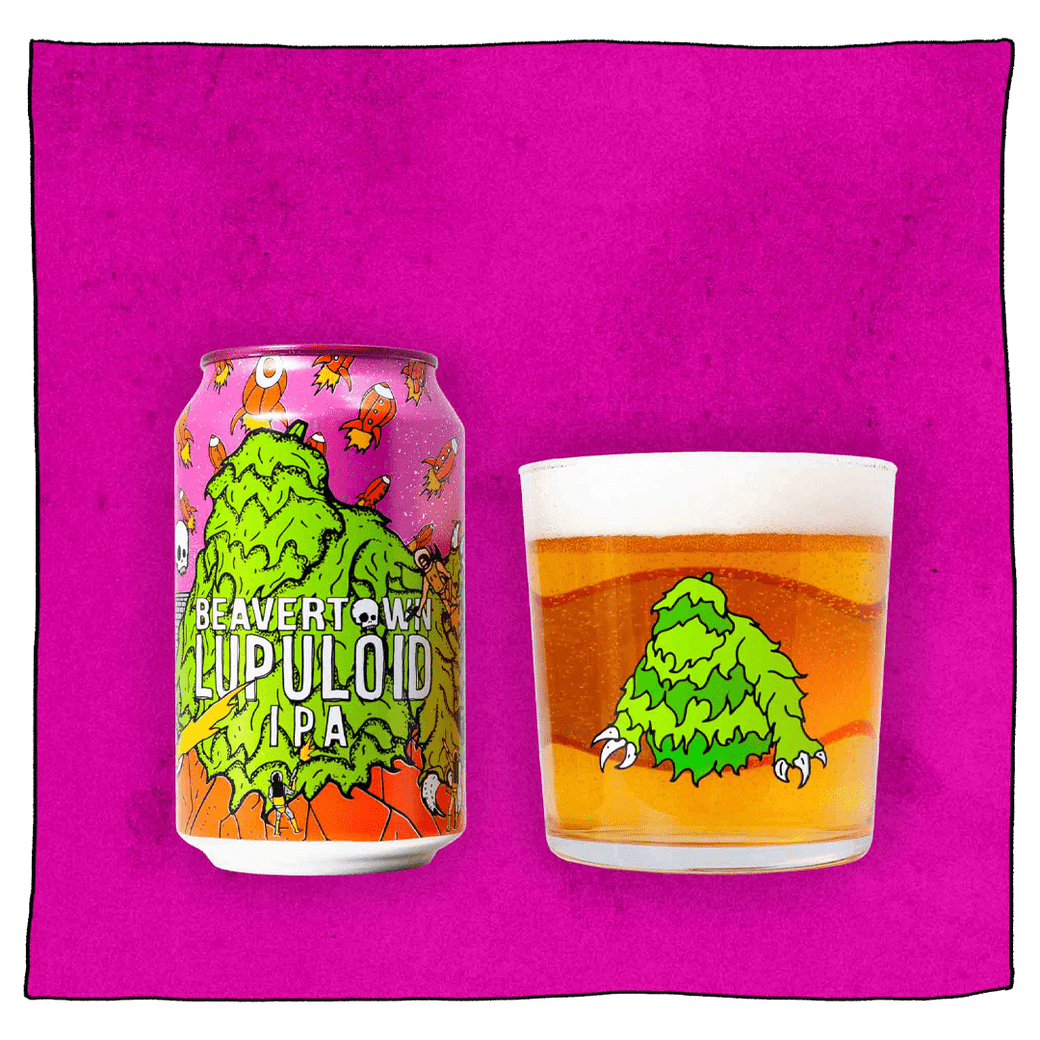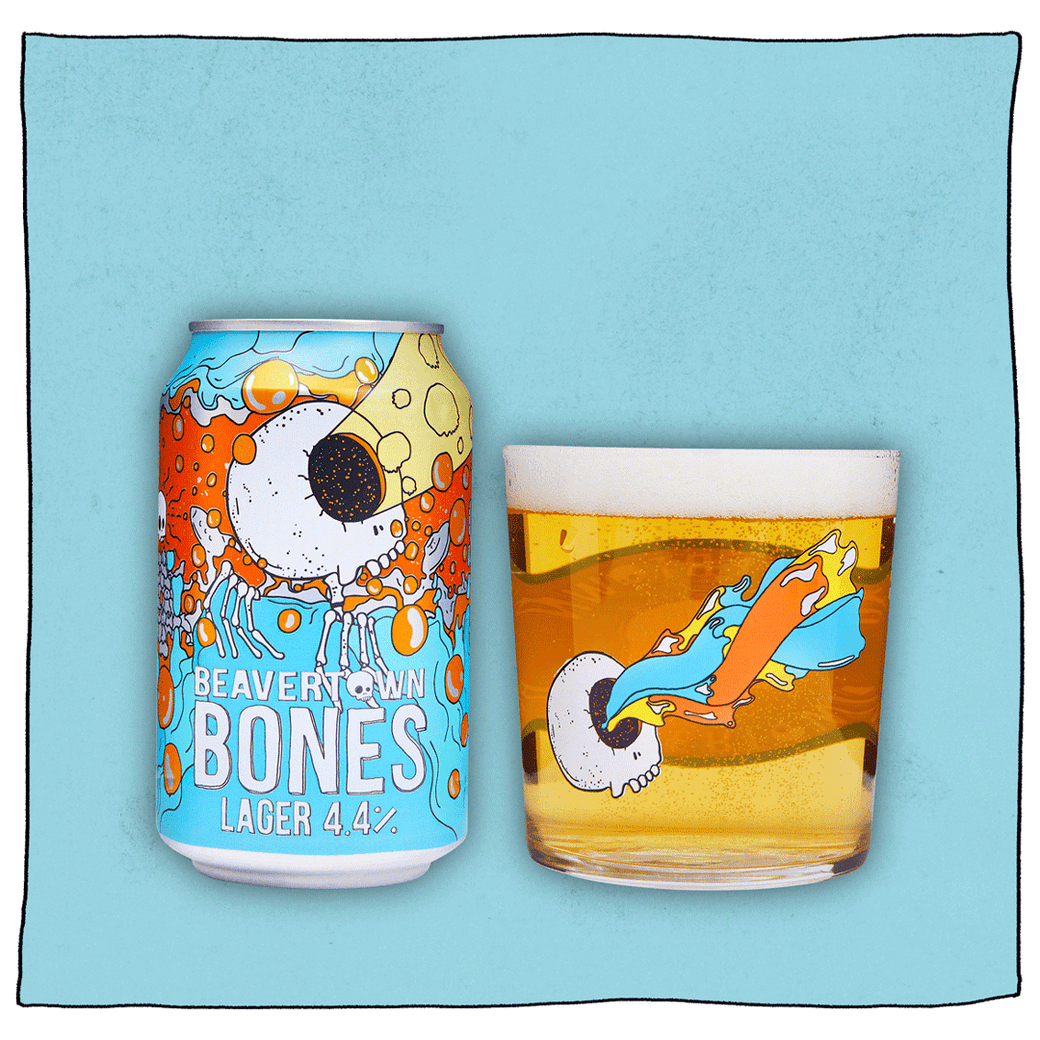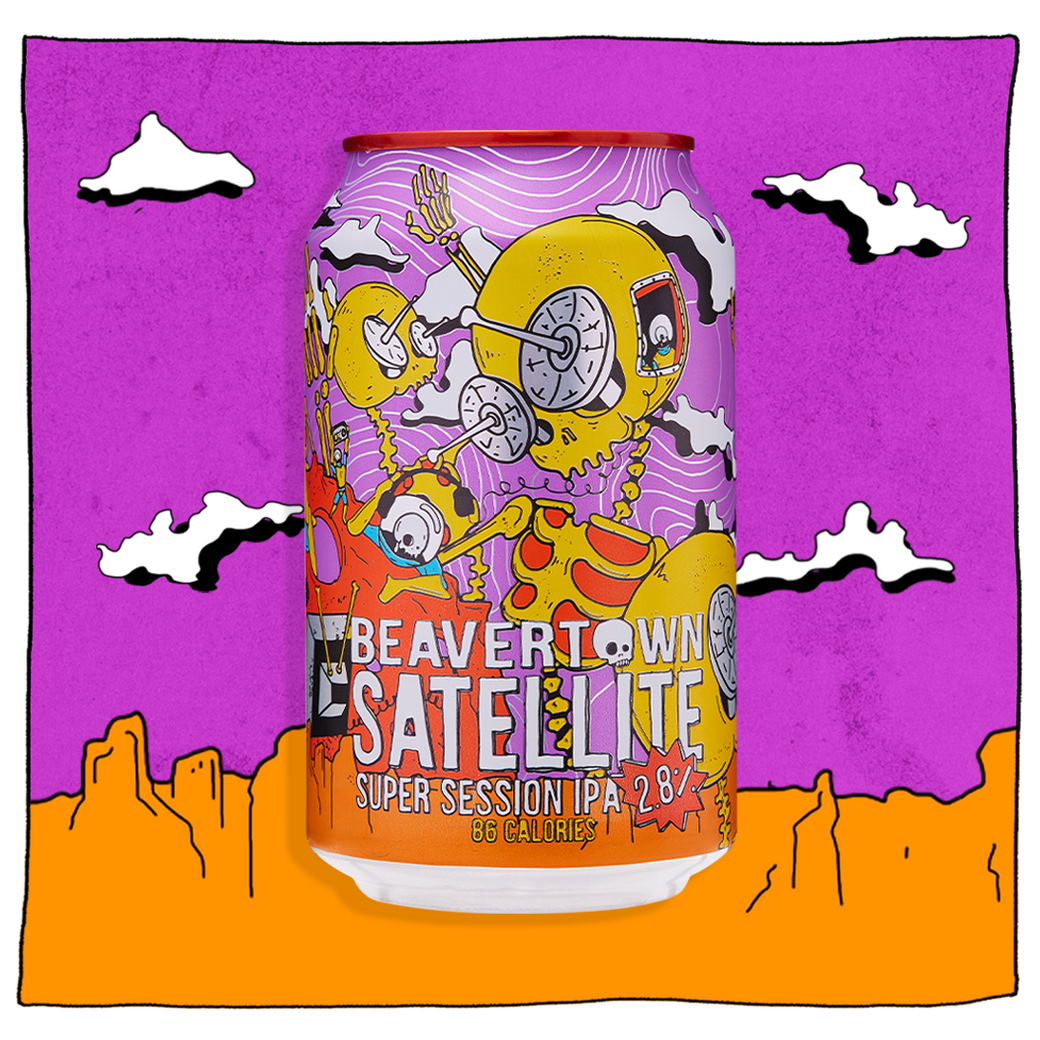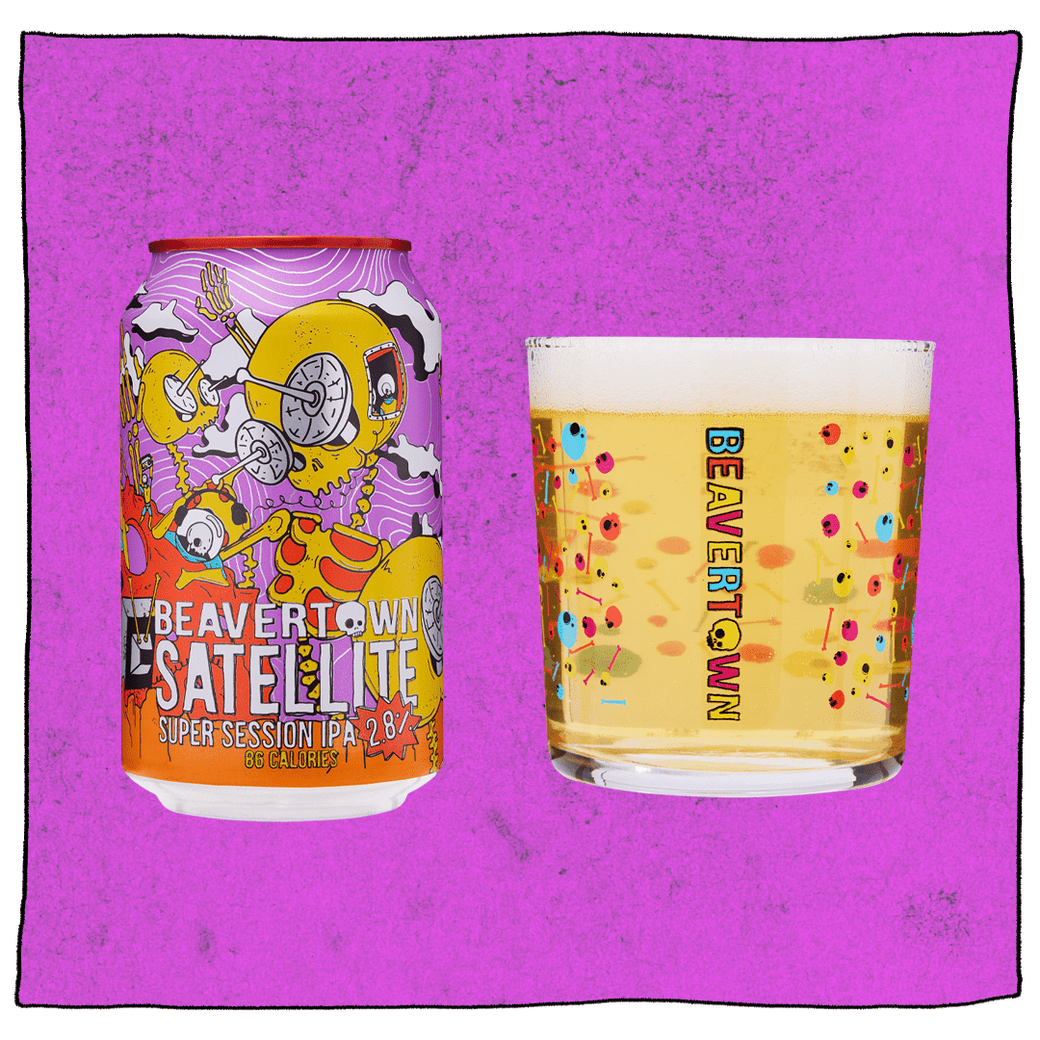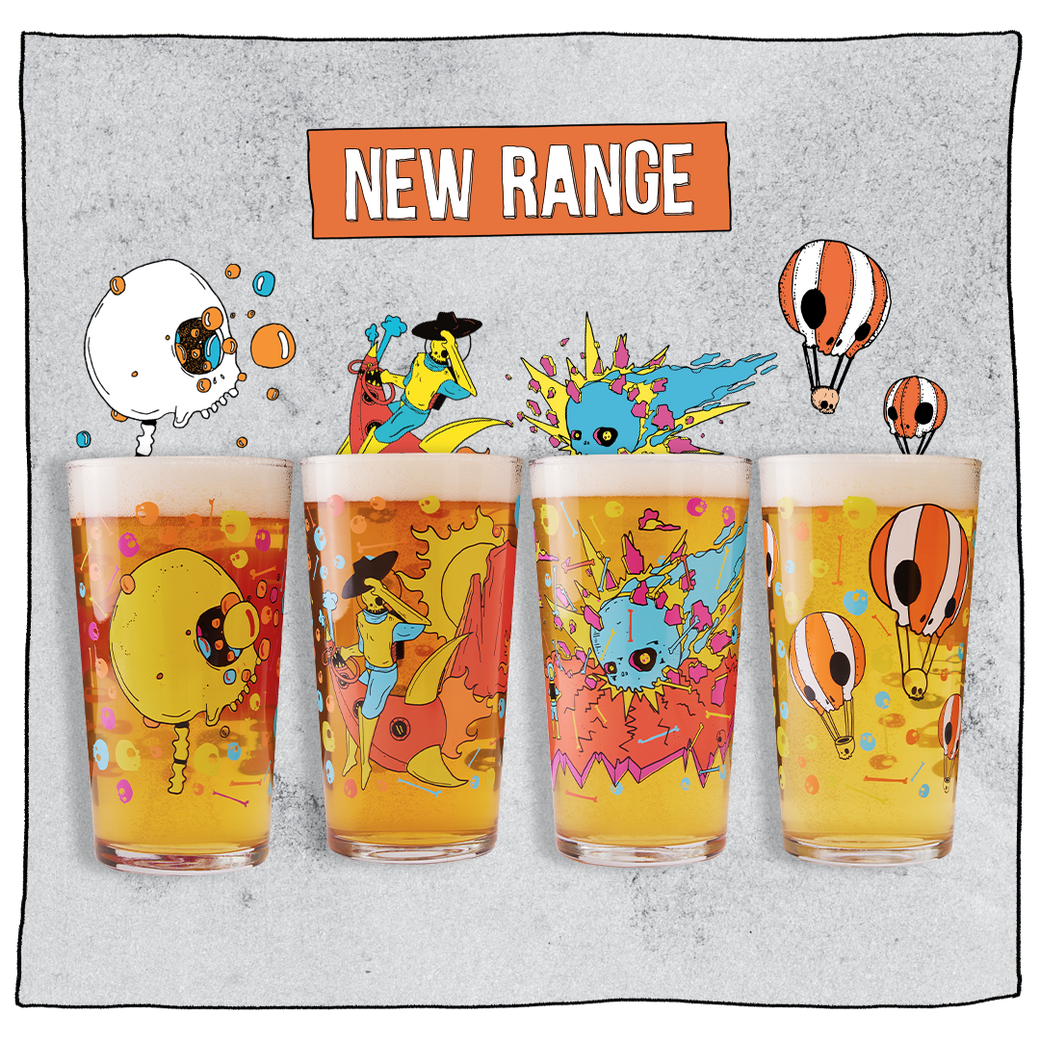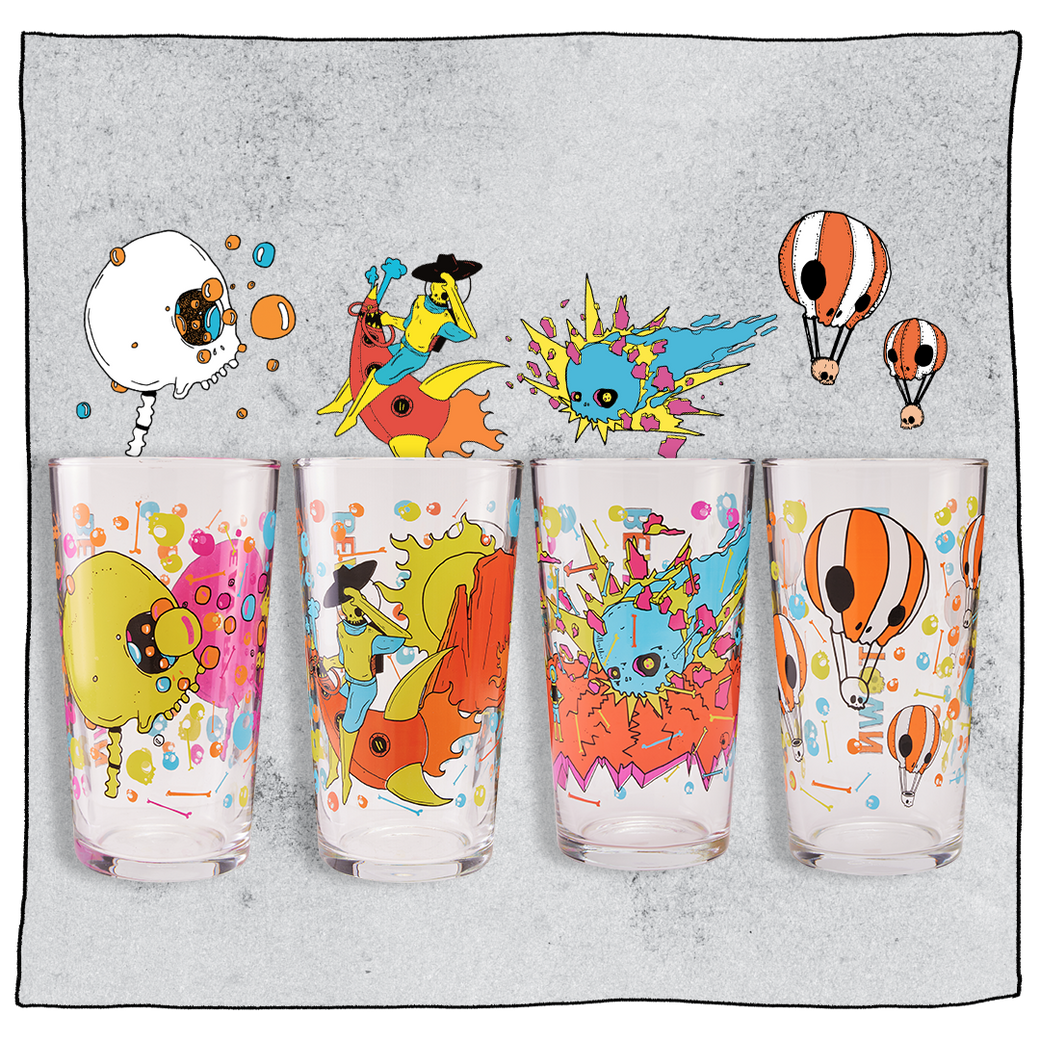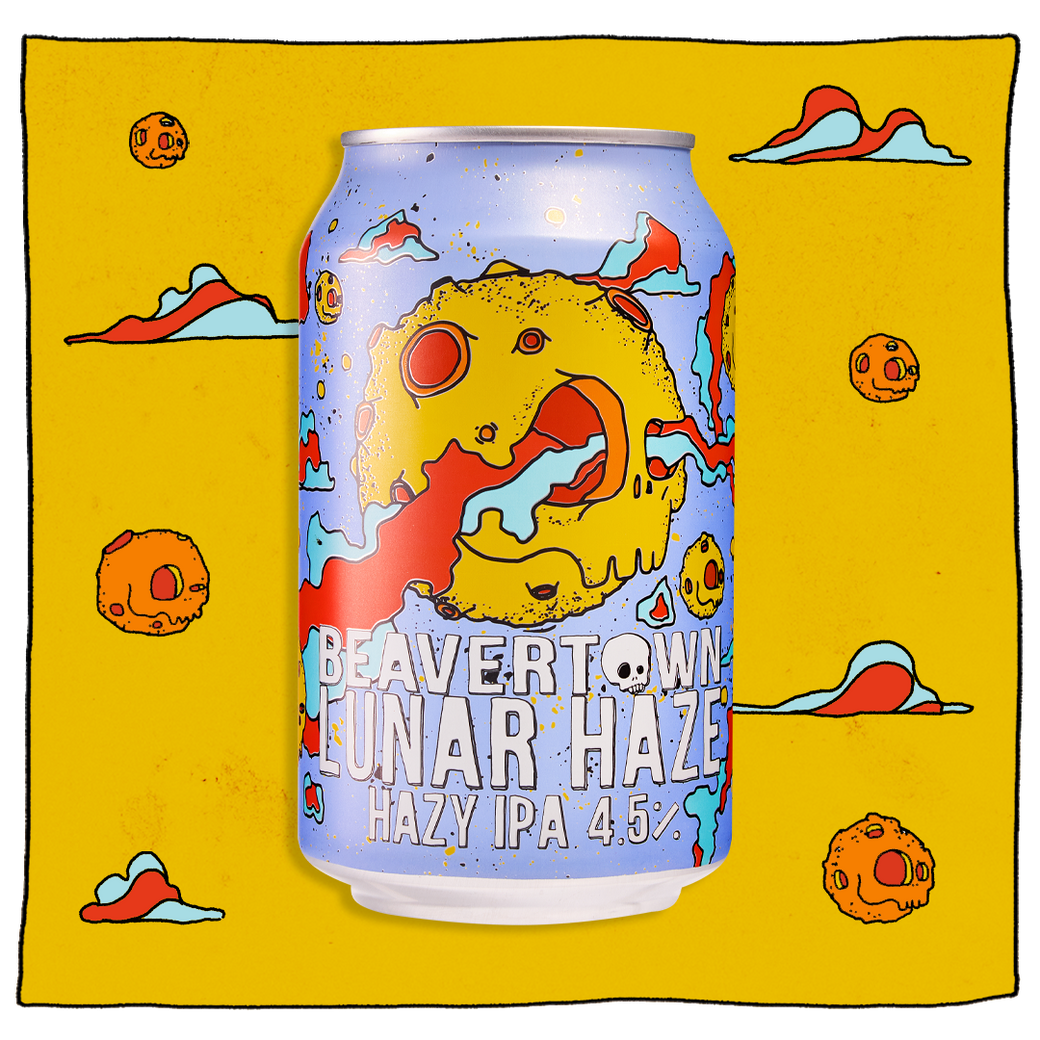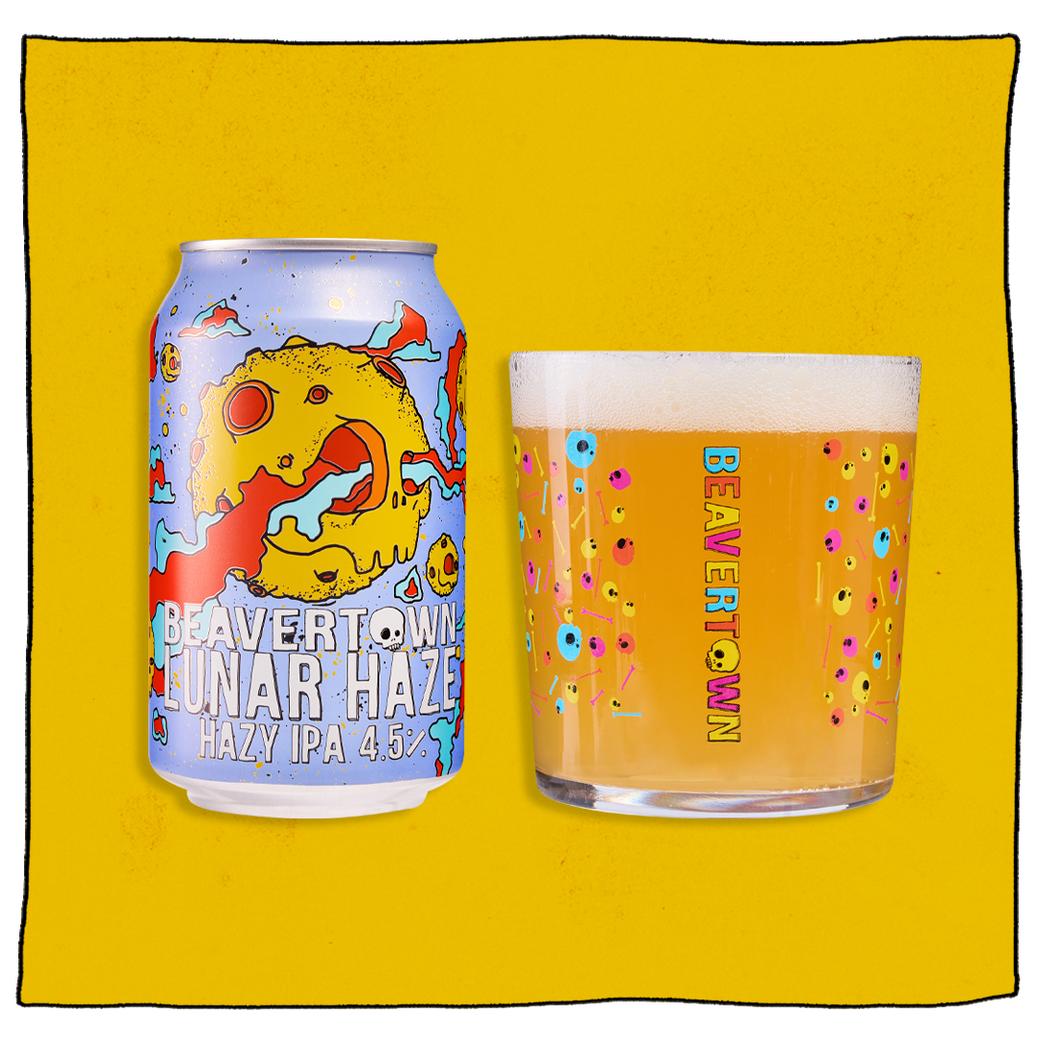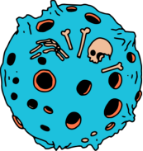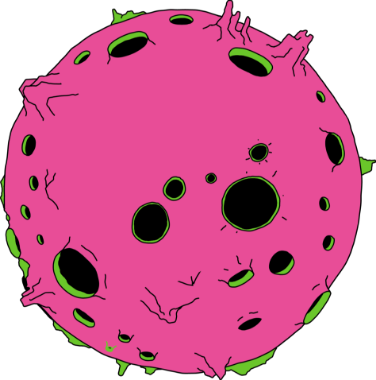If you’re new to the world of beer, you’ve probably noticed that there’s… well… quite a lot of them. Actually, there’s over 100 different types of beers out there. But don’t panic! We’re only talking about lager today.
Lagers are a really popular type of beer that are consumed basically everywhere. You’ll be hard pressed to find a pub or bar that doesn’t sell some kind of lager. They’re crisp and refreshing with just the right amount of bitterness. So put your learning hat on – we’re checking out the difference between beer and lager.
What Is Lager?
Most beers fall into two categories – ale and lager. And you’re probably wondering what the difference between lager and ale is.
Ale and lager are both types of beer. Both of them are fermented – which is what gives them the alcohol content. And both contain the simple ingredients of water, yeast, malt, and hops. But the different ways they’re fermented gives them totally different flavours.
Lagers are made with bottom fermenting strains of yeast. They literally ferment at the bottle of the barrel (ales use a yeast that ferments at the top). And they are brewed at a cooler temp. Which means less of the fruity notes from the hops make it into the final beer. Leaving you with a crisp, refreshing, totally sippable beer. Some lagers have a real zap of citrus flavours and they usually have a really nicely balanced bitterness.
Ales tend to have a smoother mouthfeel, fewer bubbles, and more fruity notes. Some even have a kind of pine flavour depending on the types of hops used. And most are more bitter than your average lager. Pale ale and IPA are both popular types of ales.
Is Lager Beer?
Yep. The real clever clogs out there will know that all lagers are beer but not all beers are lager. Still thirsty for more beer facts to impress your mates with? Learn about the differences between IPA and pale ale.


